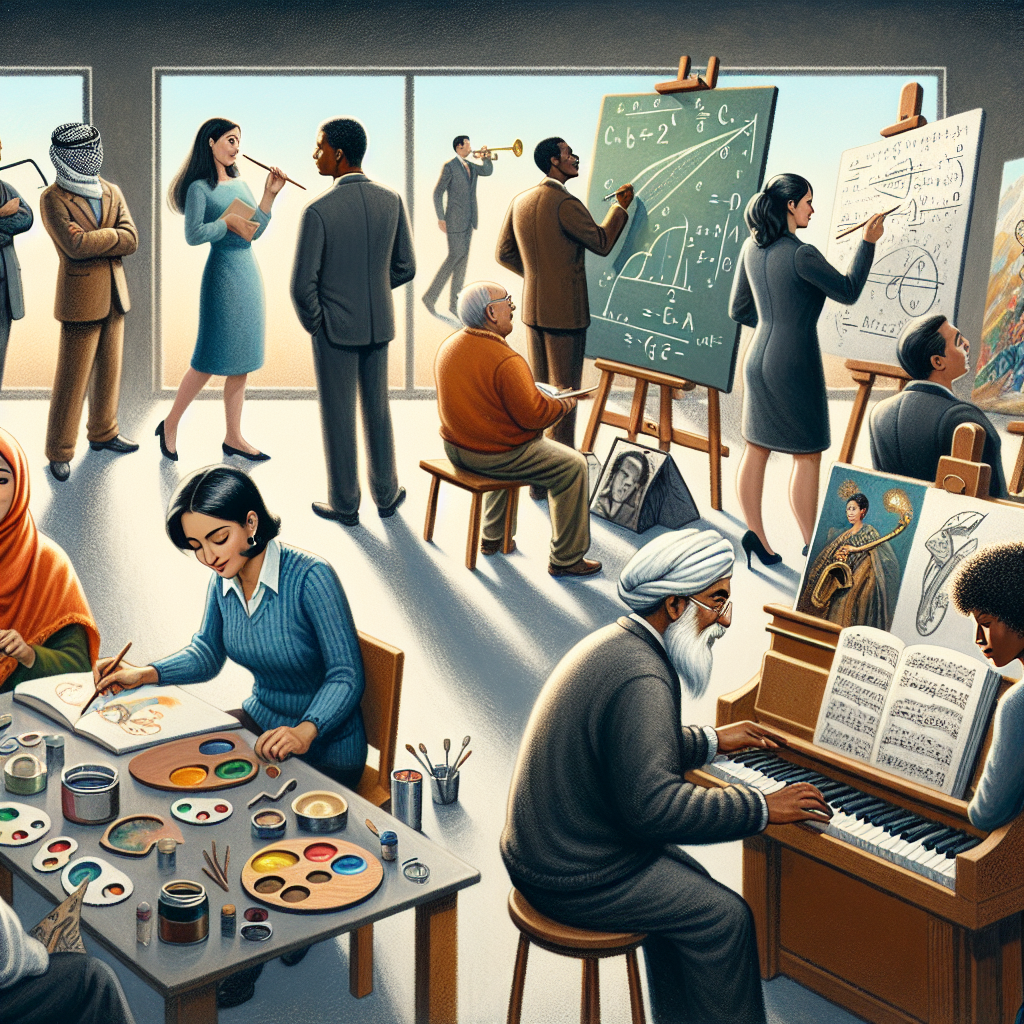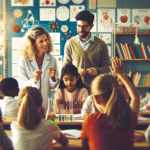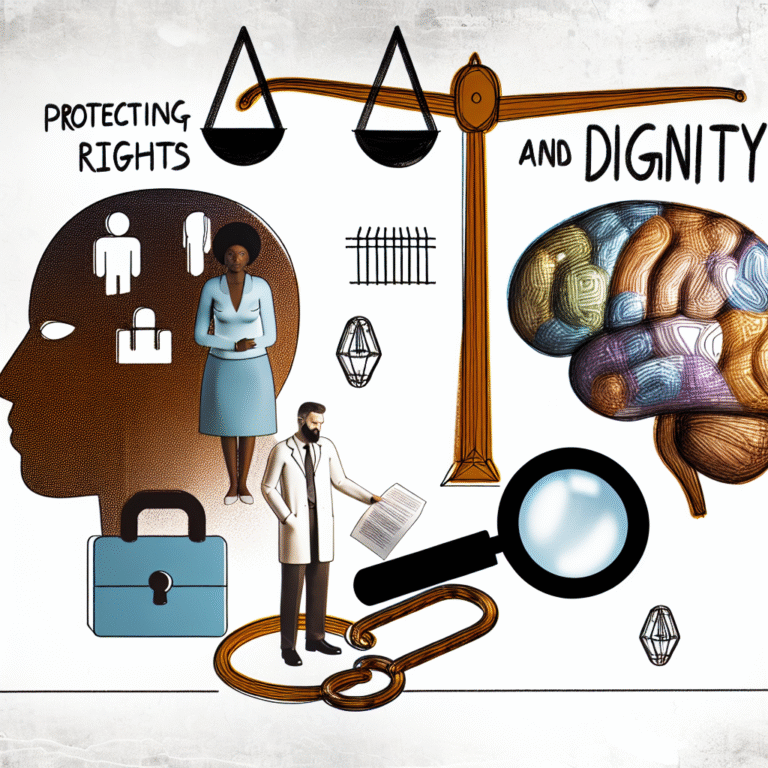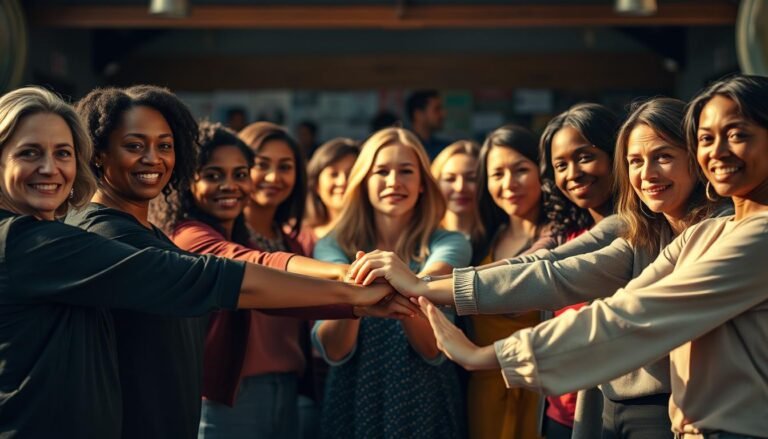
The Science of Observation: Unlocking the Profound Impact of Social Learning Theory on Behavior Formation
Introduction
In our ever-evolving social landscape, the way we learn from one another is often underappreciated or overlooked. The Science of Observation: Exploring the Impact of Social Learning Theory on Behavior Formation unveils the profound ways individuals shape their behaviors through observation, modeling, and imitation. This article delves into the fascinating realm of social learning, highlighting its importance, applications, and the science behind it.
Imagine a child throwing a tantrum because they saw their favorite cartoon character do the same. Or consider a teenager who adopts the latest fashion trends by observing peers. Each situation embodies the powerful principles of social learning theory—an intricate dance of behaviors learned through observation. As we explore these dynamics, we’ll uncover how observation influences everything from our daily choices to significant life decisions.
Understanding Social Learning Theory
The Science of Observation: Exploring the Impact of Social Learning Theory on Behavior Formation starts with the foundation—the theory itself. Proposed by Albert Bandura in the 1960s, social learning theory posits that people can learn new behaviors by observing others, rather than through direct experience alone. Bandura’s famous “Bobo doll experiment” is a cornerstone case that illustrates these principles.
The Bobo Doll Experiment
In this groundbreaking study, children observed an adult behaving aggressively toward an inflatable doll. Some children saw the adult attacking the doll, while others witnessed a non-aggressive interaction. The outcome? Children who observed aggression were significantly more likely to imitate these behaviors.
Here’s a simplified breakdown of Bandura’s findings:
| Observation Type | Resulting Behavior | Conclusion |
|---|---|---|
| Aggressive Model | Increased aggression | Behavior can be learned through observation |
| Non-aggressive Model | Decreased aggression | Observation also shapes the absence of aggression |
This pivotal experiment highlighted two critical components of social learning: attention (the act of noticing a behavior) and retention (the ability to recall the behavior later).
The Mechanisms of Social Learning
Let’s delve deeper into the mechanisms that underpin the observation process. Understanding these mechanisms will enrich our comprehension of The Science of Observation: Exploring the Impact of Social Learning Theory on Behavior Formation.
Attention
For observational learning to occur, one must first pay attention. Factors such as the model’s characteristics, the observer’s level of interest, and the complexity of the behavior influence attention. People are more likely to imitate behaviors that they perceive as rewarding or admirable.
Retention
Once an individual pays attention, it’s crucial to store the information in memory for later reproduction. Techniques such as mental imagery or verbal rehearsal can enhance retention. For example, witnessing a skilled chef prepare a dish allows viewers to retain specific techniques, which they can later replicate in their own cooking.
Reproduction
The observed behavior must then be reproduced. This step is influenced by physical and psychological capabilities. For example, someone may admire a singer but lack the vocal abilities to replicate a performance.
Motivation
Lastly, motivation plays a vital role. Even if individuals can reproduce a behavior, their desire or incentive to do so is crucial. If a child learns to sing beautifully because they see their parents’ praise, they are more likely to engage in singing frequently to receive that reward.
Real-World Applications of Social Learning Theory
Education: Teachers can leverage the principles of social learning by displaying desired behaviors. Collaborative projects enhance peer learning, as students observe and model each other’s problem-solving strategies.
Health Behavior: Health campaigns often utilize social learning theory by showcasing positive lifestyle choices through relatable role models. For instance, anti-smoking campaigns use testimonials from former smokers to encourage behavioral change.
- Media Influence: Television and social media serve as powerful platforms for modeling behaviors, influencing everything from fashion choices to political beliefs. Studies show that consistent exposure to certain behaviors can normalize them, as seen in youth and their consumption of online content.
Case Study: The Role of Media in Behavior Formation
In a study examining teenagers and their fashion choices, researchers found that exposure to influencers significantly impacted their purchasing decisions. The study illustrated that adolescents who followed fashion influencers on social media were more likely to adopt similar styles, demonstrating the media’s role in shaping behavior through observation.
Analysis
This case study highlights how The Science of Observation: Exploring the Impact of Social Learning Theory on Behavior Formation applies to the modern world, especially where digital content influences. It shows that, whether through traditional media or social media platforms, observation remains a crucial pathway for behavior formation.
The Importance of Role Models
Setting appropriate role models is essential. Role models can be parents, educators, celebrities, or anyone who holds influence. The credibility of the role model, their perceived reward for their behavior, and the observer’s need for approval all shape the extent of the imitation.
Table of Role Model Influences
| Role Model Type | Influence on Behavior |
|---|---|
| Parents | Foundational values and norms |
| Teachers | Academic and social skills |
| Peers | Social conformity and trends |
| Celebrities | Lifestyle choices and aspirations |
The Dark Side of Observation: Negative Behaviors
While learning through observation predominantly promotes positive behaviors, it can also lead to negative outcomes. For example, exposure to violent media can normalize aggressive behaviors, as seen in Bandura’s original research. Understanding this duality is vital as we explore The Science of Observation: Exploring the Impact of Social Learning Theory on Behavior Formation.
Case Study: Media Violence and Aggression
Various studies have demonstrated a correlation between exposure to violent media and increased aggression in both children and adults. One significant meta-analysis found a consistent relationship between viewing violent video games and aggressive behavior, suggesting that observation can lead to the imitation of negative behaviors.
Analysis
This case study sheds light on the implications of observational learning in a digital age, where media consumption is pervasive. It serves as a reminder to be mindful of the content we engage with, highlighting the critical responsibility of media creators in shaping healthy societal behavior.
Implementing Positive Social Learning in Daily Life
To harness the positive aspects of social learning theory in your life, consider the following actionable insights:
Be a Positive Role Model: Children and peers often imitate behaviors. Strive to model positive behaviors and attitudes to cultivate a supportive environment.
Engage in Active Learning: Encourage observation and interaction in educational settings. Independent and group learning fosters a culture of shared knowledge.
Choose Your Observations Wisely: Be selective about the media you consume. Positive role models can inspire beneficial lifestyle changes.
Encourage Feedback: Provide constructive feedback to those learning behaviors. Positive reinforcement builds motivation and shapes effective behavior.
- Create Supportive Communities: Cultivate environments where positive behaviors are celebrated. Acknowledging achievements reinforces the desire to maintain positive behaviors.
Conclusion
The Science of Observation: Exploring the Impact of Social Learning Theory on Behavior Formation reveals that our actions are significantly influenced by our observations. This understanding is vital as we interact and learn in diverse environments—be it in classrooms, homes, or through media.
Taking actionable steps to be positive role models and encouraging environments that promote healthy observational learning can shape future generations. By recognizing the immense power held within observation, we pave the way for enhanced learning and social progress.
Let us cultivate an atmosphere where behaviors that uplift and inspire are observed, imitated, and sustained. The science is compelling; the responsibility is ours.
FAQs
1. What is social learning theory?
Social learning theory, developed by Albert Bandura, suggests that individuals can learn new behaviors by observing others, rather than through direct experience alone.
2. How does observation influence behavior?
Observation influences behavior through attention, retention, reproduction, and motivation. Individuals learn by paying attention to role models and imitating their actions.
3. Can negative behaviors be learned through observation?
Yes, negative behaviors can be learned through observation. Exposure to violent media, for example, has been shown to normalize aggressive behaviors in children and adults.
4. How can educators apply social learning theory?
Educators can apply social learning theory by modeling positive behaviors, encouraging peer collaboration, and utilizing role models to inspire students.
5. What role do role models play in behavior formation?
Role models influence behavior formation by providing examples of behaviors to observe and imitate. Credible and admired role models can significantly impact learning and social behaviors.
By thoroughly exploring The Science of Observation: Exploring the Impact of Social Learning Theory on Behavior Formation, we’ve uncovered the intricate nature of learning through observation and its profound effects across various spheres of life. The journey does not end here—it’s an ongoing process of observation, imitation, and learning that shapes who we are and who we can be.
















